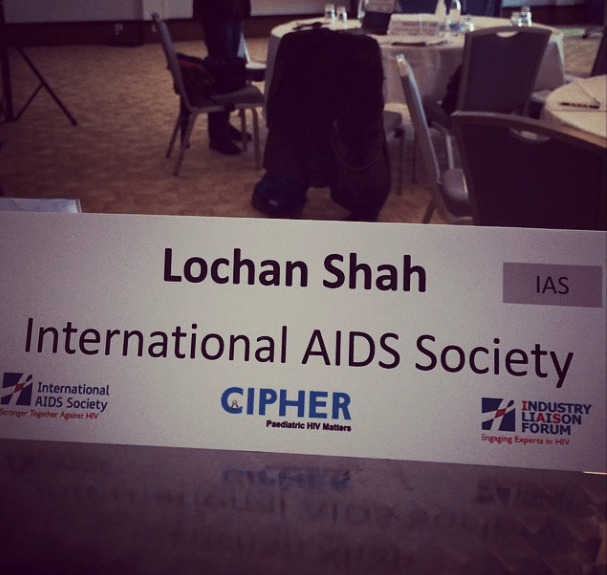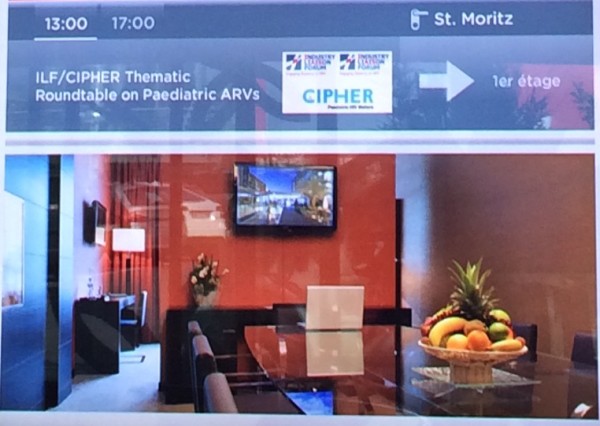Premed Perspective From Switzerland: Part V
On March 17, 2015 my internship at the International AIDS Society gave me the chance to attend a thematic roundtable on pediatric HIV/AIDS. Essentially, this was a meeting between executives from large pharmaceutical companies (which develop the drugs and invest heavily in R&D), generic pharmaceutical companies (which create generic versions of drugs and therefore do not have large R&D divisions), the WHO, UNAIDS, USAID, The Clinton Health Access Initiative, Doctors Without Borders, and other key stakeholders. In particular, this roundtable is focused on addressing the challenges involved with bringing antiretrovirals (ARVs) to the pediatric population.
Here’s a general sense of some of the issues facing the introduction of HIV/AIDS drugs to pediatric populations.
1) Frequently changing guidelines
The WHO releases guidelines every two to three years on formulations of ARVs. This poses a challenge to generic pharmaceutical companies because they cannot afford to switch up their product line every two years, especially when it can take up to a year to get new pediatric drugs approved by their host country. Although established drugs often are not removed, the constant potential for change makes investing in pediatric ARVs a bit risky.
2) Small population of pediatric AIDS/HIV
The pediatric population living with HIV/AIDS is significantly smaller than the adult population. For pharmaceutical companies, this means a smaller target market and smaller manufacturing volume, which is less profitable. Generic pharmaceutical companies are particularly affected by this, since their bottom line depends on bulk manufacturing.
3) Bureaucracy
The HIV/AIDS sphere is incredibly complicated. Within the field of pediatric ARVs itself, some of the complexity stems from the division of labor of tasks: guidelines are developed by the WHO, “priorities” are developed in the Pediatric Antiretroviral Drug Optimization (PADO) conferences, and dosing recommendations are identified by the Pediatric ARV Working Group (PAWG) and the Pediatric ARV Procurement Working Group (PAPWG). With all of these reports, indicators, frameworks, and guidelines, it’s easy to get lost in the bureaucracy of policy. In fact, there are so many meetings and conferences that most meetings have side-meetings, called “satellites”!
4) ARVs need to be further optimized for the pediatric population
Many of the pediatric ARVs are modified versions of adult drugs and haven’t been fully optimized for the pediatric populations. In addition, not all ARVs in current WHO guidelines for children are currently made, or are available, in formulations suitable, palatable, acceptable, or feasible for use in for pediatric populations. However, because of ethical issues, it’s challenging to find pediatric populations to test these ARVs on.
5) Hard transition from childhood to adulthood
Because we have done so well in combating HIV/AIDS so far, there is an increasing population of children living with HIV who are maturing into adolescence. However, this means that efficient first-line and second-line ARV combinations need to be identified to continue use of ARVs through adulthood.

Photo from the Roundtable on Pediatric ARVs. Image Source: Lochan Shah
< Part IV: The Hidden Side of Private Actors in Global Health
Part VI: The Inside Scoop on the Sustainable Development Goals: UN Edition >
Featured Image Source: Lochan Shah










